Frankincense is a sacred resin which aids a spiritual purification. Called "divine tears" frankincense is one of the oldest means of applying incense, which remains unchanged to this day. Logically, frankincense is one of the oldest goods ever traded.
The aromatic compound was used from ancient times as incense in India, China, and in Christian worship. Egyptians used frankincense for beauty as they prepared rejuvenating face masks.
Frankincense is sap from a mastic tree in the Burseraceae family. This tree with a dense crown and lovely pale pink color is extremely rare – found in East Africa (Somalia, Ethiopia ), the Arabian Peninsula, India and Iran. The tree has a special beauty, and its Latin name is Boswellia sacra (synonyms B. carteri, B. thurifera).
The smell of frankincense is a millennial religious commitment. It is believed that the aroma purifies, and it is very specific - when heated the resin softens and releases a strong pleasant balsamic scent. In ancient Egypt, frankincense resin with cedar wood and nutmeg oil were used for embalming.
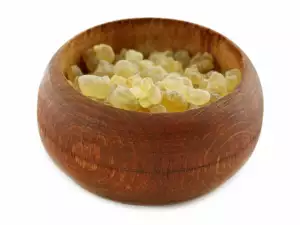
True frankincense is the resin of the Boswellia Carteri tree. There are other types of frankincense, which are named after their origins - Indian frankincense, Jerusalem frankincense, African frankincense.
Nearest to the odor of Boswellia Carteri tree is Boswellia pupurifera, it is found in Somalia and Ethiopia. This African tree "cries" resin, which is sometimes called Abyssinian. Indian frankincense comes from the Boswellia Serrata Roxb tree, which grows in India and Persia.
The peninsula in Crete is home to the so called Crete frankincense, which is extracted from wild Cistus creticus and C. Cyprius shrubs of the family Cistaceae. This resin is separated from the bark of the trunk and branches, resulting from accidental physical damage by animals.
The fur of animals grazing nearby sticks with the breakaway grains. Then shepherds comb the animals and gather frankincense. It is prepared in oval cakes or sticks. This tree resin is brown and pembroke, with a characteristic pleasant smell.
Frankincense is a natural product, which in ancient Biblical texts is often mentioned alongside gold. In the Bible, the Slavic Church speaks of frankincense under the name "Lebanon" - it is one the most ancient frankincense originators. The older translations of the Bible Church mention "Lebanon" (or Laadan) from Old Greek "ladanon". This is the Arabic word for resin.
To this day, religious cleansing frankincense is burned at a lot of religious confessions. It is believed that the unfolding fragrant smoke symbolizes the sacrifice of Heaven. The symbolic meaning of frankincense can be found in Dreambooks. They say if you see or burn frankincense in a dream, you will have success, you will be saved from danger or solve problems. If you smell frankincense in a dream, it is a sign of hope and good news.
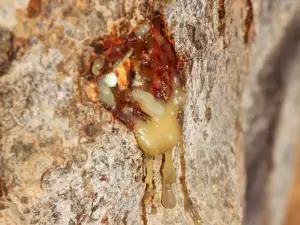
Production of frankincense
Frankincense comes from tree sap in the spring, usually in late March, the bark is treated with deep cuts. As a result of these milky juice starts flowing, which due to air influence gradually begins to harden.
In this way frankincense is formed in round amber grains, sometimes with rusty red color and characteristic odor. Arabs called this milky sap “tears of the gods”. Dryning of frankincense on the trunk of the tree takes about three to four weeks. Then it's time to harvest and collect 400 g of frankincense from one tree.
History of frankincense
The history of frankincense is traditionally associated with the proprietary Dhofar in Oman that locals cherish as a temple under the open sky. It was here that the valuable trees that "cry" with divine tears grow - beautiful forests with dense crowns and dense shades, which are lined with the deep aroma of frankincense.
For thousands of years, frankincense was the only source of income for local Bedouins, who live in this world as if torn from a place that borders the southern part of the desert through the entire Arabian Peninsula. The frankincense forests grow on a rocky highland plateau here. The area was continually pierced by thick fog, so the locals believed that frankincense is dew on the trees.
Over time Dhofar became an important center for trade in frankincense. One legend tells of one of the three wise men who came to worship the baby Jesus. It is believed that frankincense, which he brought as a gift was precisely from Dhofar. Before, people thought that smell of this material can exorcise the devil.
Frankincense is sacred in various religions. Even the prophet Mohammed said that most of all his prayers needed very pleasant scents and coincidentally, every Friday Frankincense was burned, expelling evil spirits from the Muslim world. The smell of smoldering frankincense is used a lot in Christianity and Hinduism, as being a sign of divine intimacy.
Nowadays, only the elders know where the special trees grow and what the whole procedure of extraction is and there are few places in the world where frankincense grows.
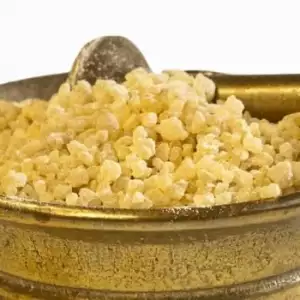
Religious traditions tied to frankincense include those of the ancient Chinese. They bathed amid the smoke of frankincense, which was believed to purify the mind and soul. When burning frankincense, perfumes rise and the smoke spirals upwards, so the Chinese believe that it is a source of inspiration that goes up and provides direct contact with the divine.
Composition of frankincense
Frankincense resins contain 50-60%, 20-30% kamed, 6-8% minerals and 3-7% essential oils. Frankincense can be ground and the resulting powder is dissolved partially in water to form a cloudy emulsion with a bitter taste. The resin of these trees dissolves better in ethanol.
Benefits of frankincense
Besides religious rites, frankincense is a raw material used fairly often in the cosmetics industry, especially in perfumery. With frankincense, firms produce soaps, deodorants and male fragrances with oriental flavors. Essential oil including this material is widely used in aromatherapy, but also in homeopathy and even medicine.
Research by scientists from the American University and Johns Hopkins Jerusalem Hebrew University claims that small doses of the smell of frankincense have antidepressant action and are able to significantly suppress fears, depression and anxiety.
The use of frankincense is great in psychotherapy and meditation. This is because it is believed that the scent of frankincense may raise the overall tone of a man as it filled with an overwhelming energy. Frankincense is considered the most powerful remedy aura, which simultaneously creates a sense of prosperity and peace. In medicine, the smell of frankincense is used because it proved eliminates insomnia, removes fears and anxieties and enhances sleep. A solution of frankincense is able to influence arthritis too.
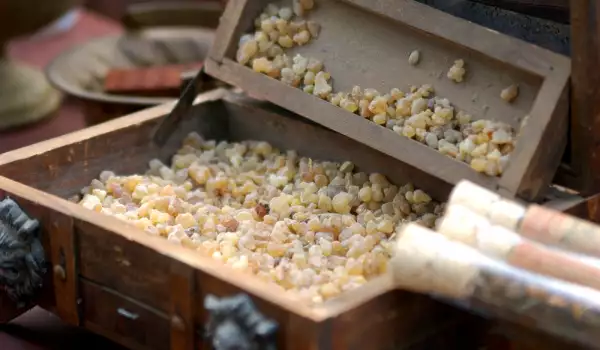




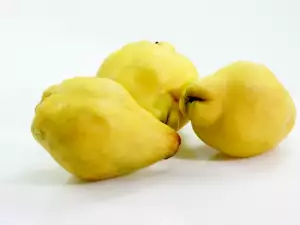
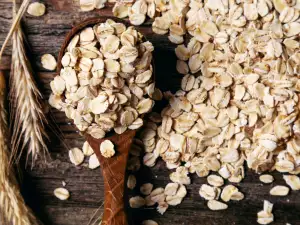



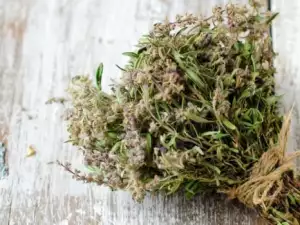


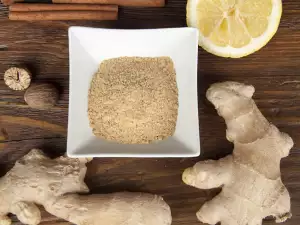

Comments